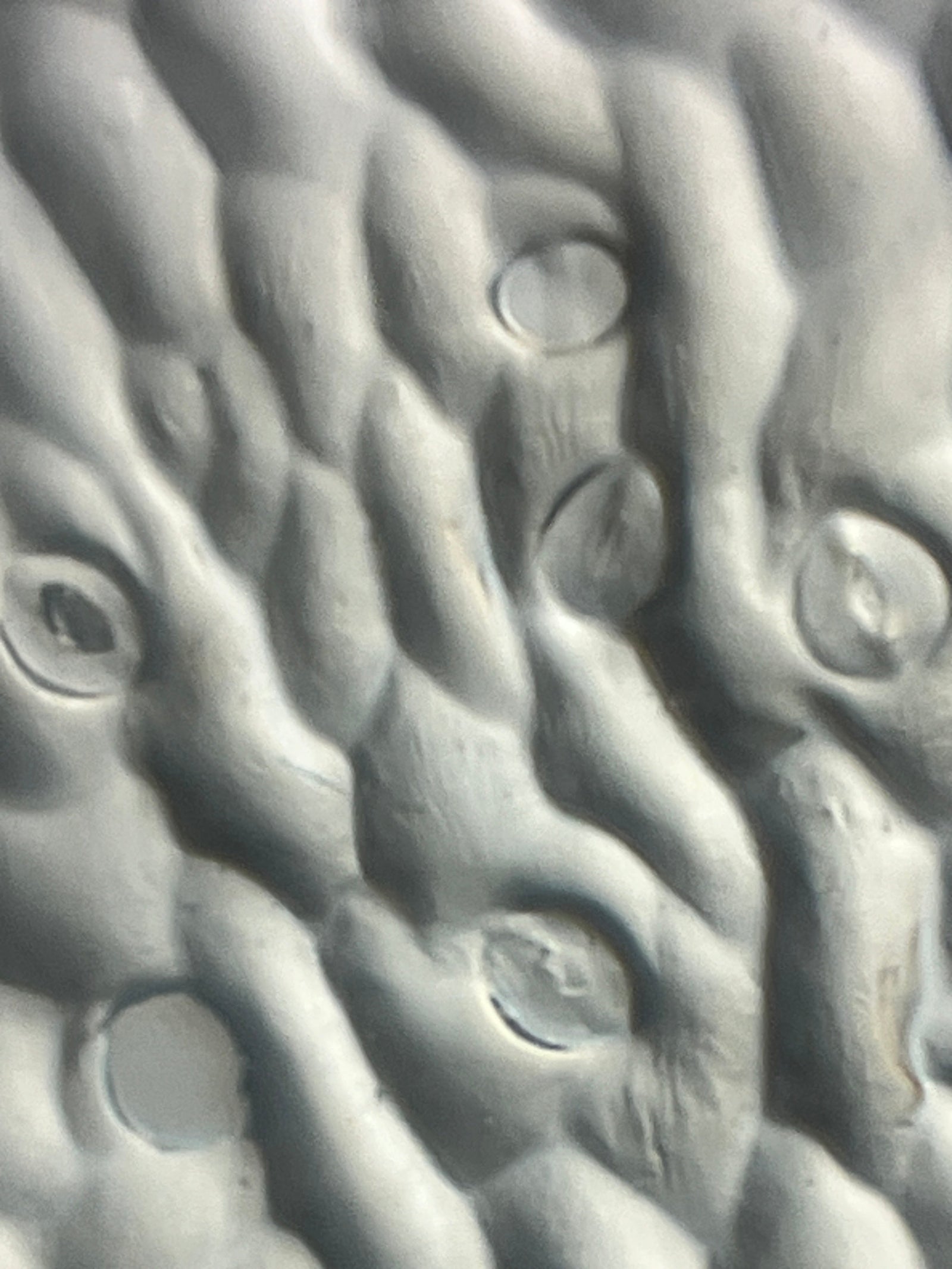Here at my home we are beginning to decorate our house for Halloween. For my family that means - spiderwebs!! This made me wonder what fake spiderwebs look like compared to real spiderwebs on the microscopic scale. So, I put both under my Foldscope 2.0! Read on to find out what I saw!

Fake Spiderwebs
Fake spiderwebs are made out of white cotton fibers. When they are stretched out, they look like real spiderwebs. To prepare my sample, I cut off a small amount of cotton fibers and taped it to a glass slide.

The picture below was captured using the Foldscope 2.0 with the 50X lens. The cotton fibers glowed against the dark background when I shifted the light module to the side slightly.

Real Spiderwebs
Real spiderwebs are made of a natural protein called spider silk. This material is very thin, but very strong. The picture below shows the difference in thickness between the fake spiderweb (left) and the real spiderweb (right). Both of these images were captured using the 140X lens on the Foldscope 2.0.

The real spiderweb slides were prepared similarly to the fake spiderwebs. I put a glass slide behind the web and secured it to the glass with tape.

Spider silk is very thin, but when the dark field technique is used at 140X magnification, the strands come to life with color.

The real spiderwebs held some secrets that were revealed with my Foldscope 2.0. Even though they were tiny, I was able to find some bugs that had been trapped in the spiderweb!

The spiderweb also had some grains of pollen that got captured in its sticky strands. The light from the light module attached to the back of the Foldscope gave them a beautiful yellow glow.

Have you looked at spiderwebs or other Halloween decorations under a Foldscope 2.0? Use your Foldscope to dive into the microscopic world and find the beauty that is there waiting for you. Share your microscopic images and thoughts on the Microcosmos. Be sure to tag us on social media when you post the results of your explorations, creations, and discoveries! We love to see how Foldscopers around the world are using their Foldscopes in new and innovative ways!
Facebook: @Foldscope
Twitter: @TeamFoldscope
Instagram: @teamfoldscope
Threads: @teamfoldscope



